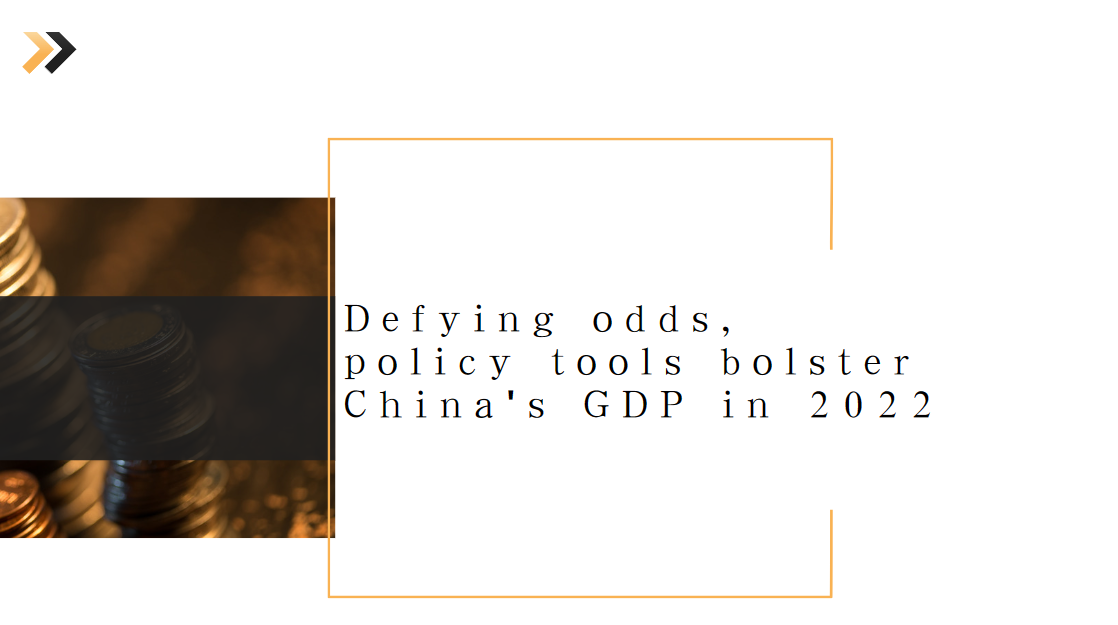Foreign institutions back policy
China's growth target of "around 5 percent" this year shows steady acceleration is preferred to exuberant growth, said multinational institutions providing financial services and financial intelligence in the country.
"The setting of the country's GDP growth target was a balancing act between what it might desire and what it can likely achieve," said Moody's Analytics in a commentary earlier this week.
The Chinese government identified the expansion of domestic demand as a top priority. It wants to spur consumption by increasing household income, especially of low- and middle-income groups.
The government is committed to generating around 12 million new urban jobs this year. The urban unemployment rate will be kept at around 5.5 percent. Special attention will be paid to bringing down youth unemployment. A robust labor market is intended to complement higher household income in driving demand, said Moody's Analytics, a subsidiary of Moody's Corp.
It also noted that safeguarding the property sector from financial risks is another priority for China this year.
"Although past rhetoric about housing being 'for living in, not for speculation' was not repeated, that theme came through in the government's commitment to stable development in the real estate industry. Stability measures include the broadening of housing demand via support to younger buyers and measures to strengthen property developer balance sheets in the hope of preventing disorderly expansion by developers and aiding the delivery of presold properties," said Moody's Analytics.
The Chinese economy fell short of the around 5.5 percent growth target set for 2022 and achieved a 3 percent growth.
"With the low base from last year and the ongoing recovery momentum, we are still comfortable with our 5.7 percent China GDP growth forecast for 2023," said Yu Xiangrong, China chief economist at Citi, in a latest report.
The recovery was also reflected in China's financial statistics.
China's broad money supply, or M2, increased by 12.9 percent year-on-year to 275.52 trillion yuan ($39.58 trillion) at the end of February. New yuan loans totaled 1.81 trillion yuan last month, up by 592.8 billion yuan year-on-year. According to preliminary statistics, the increment in aggregate financing to the real economy was 3.16 trillion yuan in February, up by 1.95 trillion yuan over the same month in 2022, said the People's Bank of China, the country's central bank, on Friday.
The latest Government Work Report revised up the expectation for new urban employment to 12 million jobs this year, from above 11 million last year.
"It looks like the government plans to create more jobs with a lower GDP growth, which is feasible under the services-led recovery," Yu said.
The Government Work Report highlighted the bottom line of preventing regional or systemic financial risks related to property and local government debt. For property, the government vowed to prevent and resolve risks of high-profile and high-quality developers and improve their asset and liability situation.
"We think the policy put for the property sector is very clear, in order to bring growth back on track. In the meantime, the sector will also need to transit from the old development model featuring high debt, high leverage and high turnover to a new model," Yu said.
For local government debt, the Government Work Report mentioned optimization of the term structure of local debt and alleviation of the interest burden.




















































First, please LoginComment After ~